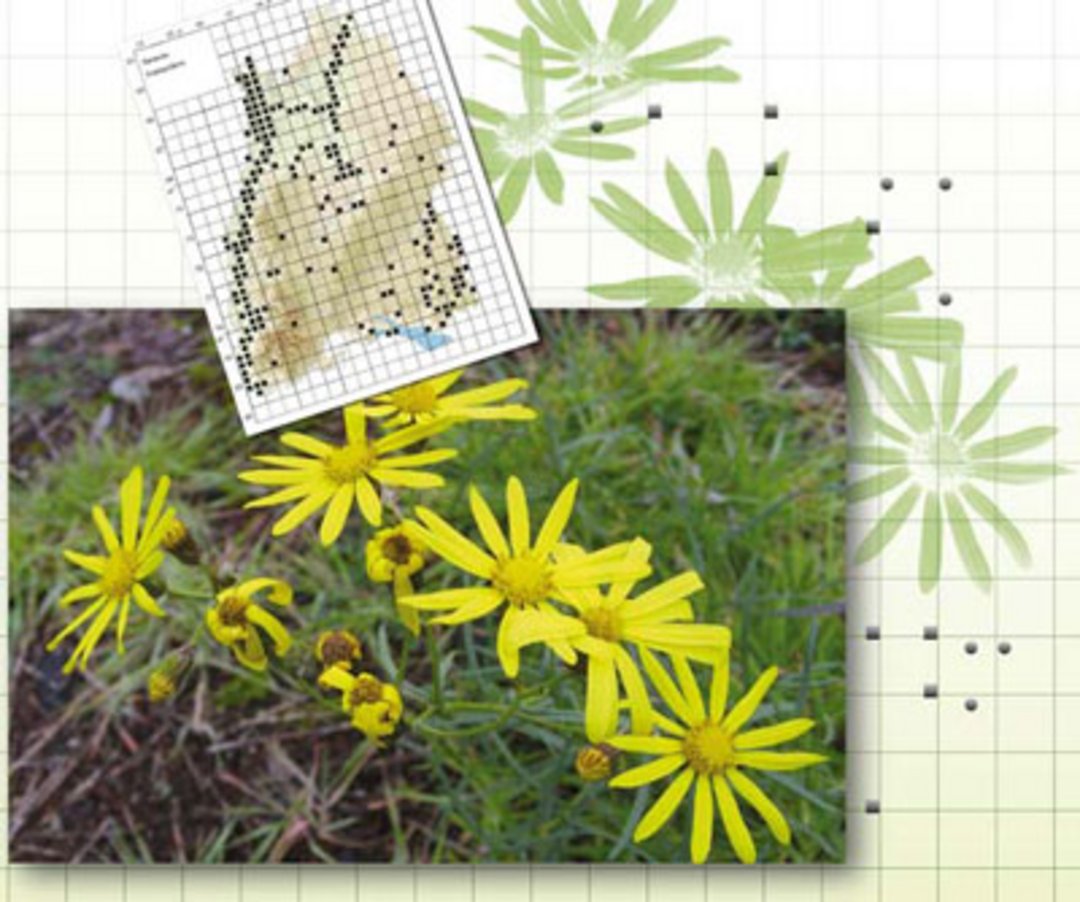Botanical and mycological research
The research of the Botany Department is centred on current topics in the ecology, systematics, and evolutionary biology of plants and fungi (including lichens). We study the origins and drivers of current diversity of organisms and species communities, how they change over time, and which biotic and abiotic environmental factors are involved in these processes. In this approach, intersections with all other research departments of the SMNS arise and thus we collaborate with them within the framework of the research initiative.
A spatial focus of our work is Baden-Württemberg. For our research we use data from our extensive herbarium collection with about 1 million specimens, but also conduct field studies, such as the Floristic Mapping of Baden-Württemberg, a long-term Citizen Science project. State-of-the-art molecular and statistical methods, complemented by classical ecological experiments and field botanical studies help us to answer our research questions.

